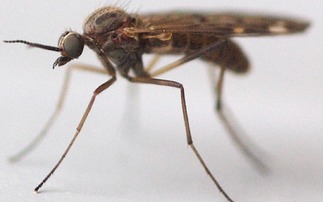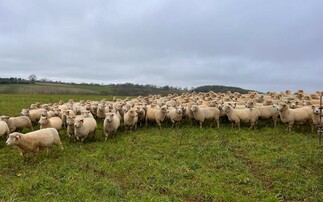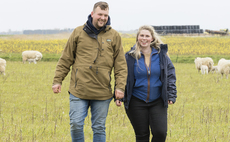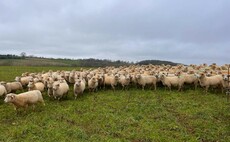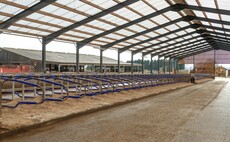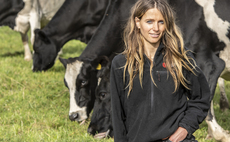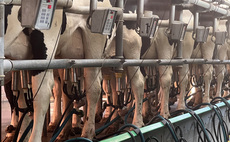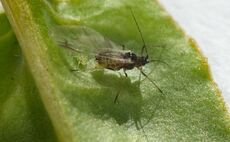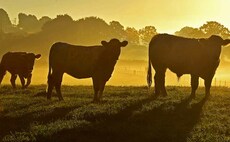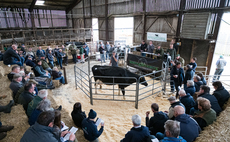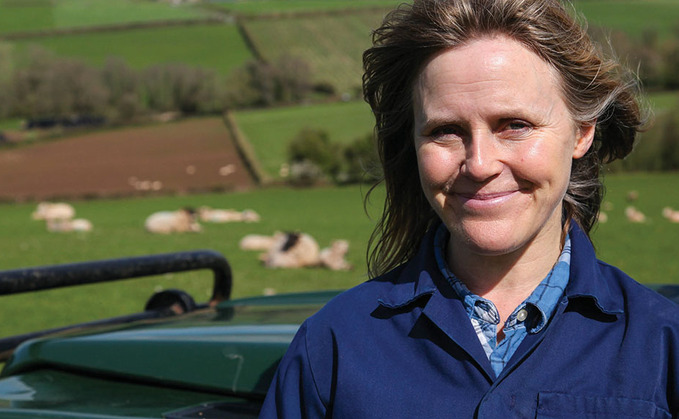
In the words of Bon Jovi, were half way there. In previous years we have lambed over four months, but thankfully this year, for multifactorial reasons, lambing season is only two months.
We are feeling our age, Jims back is playing up and an old motorbike injury of mine is flaring up after tackling reluctant ewes and yearlings the first-time mums who deny all knowledge of having a lamb and the ewes who dont seem at all grateful that youre helping a head only situation.
Others are genuinely happy when they see you arrive to help. We had a reduced scanning rate due to last years drought, but the lambs are out in the fields growing like ticks.
Indoor lambing went well, but Im glad my 4am stint in the lambing shed is over, dawn seems to be the time to be born. Always great timing when the clocks go forward ready to start our outdoor lambing.
There are pros and cons to indoor versus outdoor our preference is both.
Our Epynt Hardy Speckled ewes are a low maintenance breed requiring limited supplementary feed.
They are also long-living, producing our Welsh mules for replacements.
Nephew Dans Blue Faced Leicester tups have put some beautiful colouring into the heads of the mule lambs this year, very pretty, there should be some good ewe lambs for the future flock.
They were supposed to start on April Fools day, Im writing this on the 2nd and there are 40 lambs out there already.
Lambing over 60 acres, there is plenty of room so no mis-mothering.
Lower costs, less labour intensive, we get more sleep and fewer pathogens so we dont have to treat navels.
It is weather dependent, but these ewes are used to the harsh conditions on the Mynydd Epynt in the Brecon Beacons and when they arrive here, Im pretty sure they think theyre in the land of milk and honey.
It is much harder outside catching a ewe, but most just get on with lambing themselves.
If there is an issue, it always seems to happen on a public footpath, like the huge prolapse we had to sort yesterday.
Were at the beginning of the Easter holidays but theres already an increase in walkers. Most are pretty good, but gates have been left open and were keeping an eye on the dogs.
We always stop for a chat, education is key and were preparing for more visitors in the summer as the camping toilet block is almost complete.
Who knew there were so many options for environmentally friendly, sustainable toilets.









